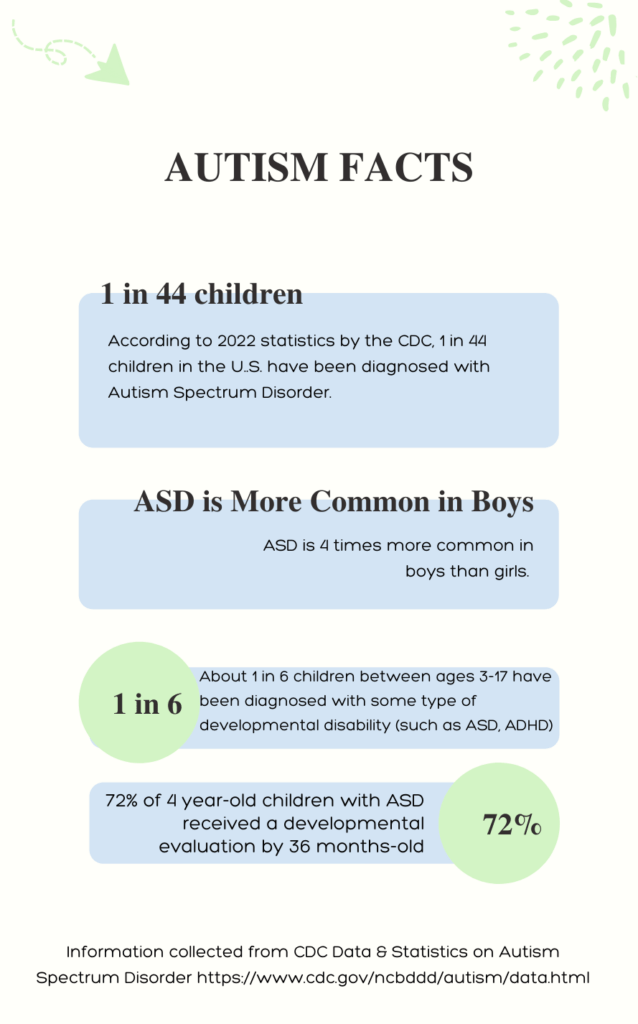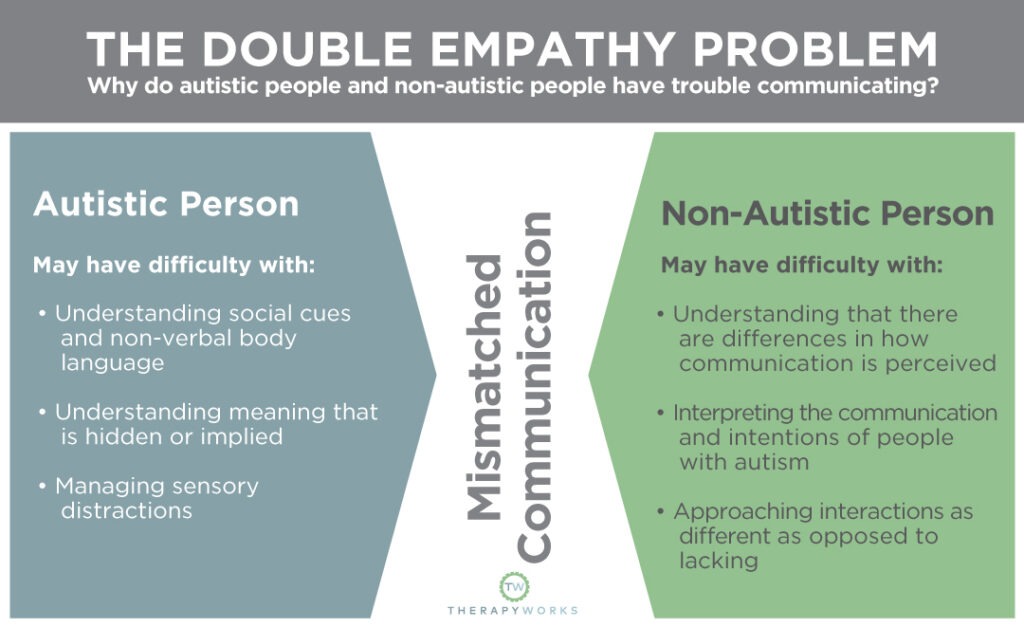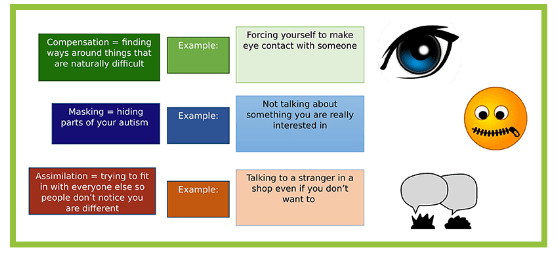“When a flower doesn’t bloom, you fix the environment in which it grows, not the flower.” – Alexander Den Heijer
What is Neurodiversity affirming?
It’s the idea that individuals have differences in their abilities and how they interact with the world around them – differences which are not considered to be deficits that need to be “fixed”.
Rather, those who view individuals in this light consider neurodiversity to be natural. The world should be accepting of people’s differences in how they think, learn, process, and perceive information.
Examples of conditions those who are Neurodiverse may have include:
- Autism
- ADHD
- Dyslexia
- Obsessive Compulsive Disorder (OCD)
- Dyslexia
- Dyspraxia
- Other neurological conditions
The Neurodiversity movement began in the 1990s, and has recently gained more traction.
That’s partly due to factors like advocates for Autism and other disorders, who’ve been bringing more awareness to the movement. Also drawing attention to Neurodiversity – new research on adults with Autism. And, buzz throughout the media about debates surrounding theories that challenge the traditional, “medical” model of viewing characteristics of individuals with these disorders.
You may be a parent of a child with a neurological condition such as Autism. Or, a professional working with individuals who are neurodiverse. With 26% of individuals in the U.S. having a disability, many want to consider ways to approach daily interactions with those around them.
So it’s important to understand what it means to be neurodiversity affirming.
Think of Interactions as a Two-Way Street
The number of children in the U.S. who are on the Autism Spectrum has been rising in recent years, and is currently estimated to be about 2% of children.

One of the defining characteristics of Autism is an impairment in social-communication skills. But, what if instead of perceiving differences in how individuals with Autism social interact as deficits that need to be “cured”, we think of interactions more as a two-way street?
The Double-Empathy Problem (DEP) is a theory that miscommunications between someone with Autism and someone without Autism are mostly due to a breakdown in mutual understanding. We experience the world in different ways, and might each have difficulty understanding or interpreting the other person’s interaction.

How can we overcome the Double Empathy Problem?
We can consider all of our individual differences and try not to stereotype others. Increased understanding about the differences in how individuals with Autism may communicate or socially interact is one essential step towards being neurodiversity affirming. Continued research can help us understand this more.
Adjust your Lense
To be neurodiversity affirming, we can try adjusting our lens. Consider how our own actions or words can have an impact on individuals with disabilities. These actions could, in turn, continue to affect those individuals who are considered neurodiverse in how they interact with and perceive others.
Discrimination based on someone’s disability is known as abelism. Ableist language is when we – intentionally or unintentionally – refer to having a disability as something negative.
Certain ableist phrases can sneak out of us sometimes without us knowing it. Words and comments considered by some to have ablesit connotations are: “dumb”, “I’m so OCD”, “high or low functioning”, and “special needs.”
It’s important to increase our awareness of language that could be considered ableist and harmful to those with disabilities. And, to make a conscious effort to avoid using this type of language.
Avoid Reinforcing ‘Masking’
Some neurodiverse individuals may ‘mask’ or camouflage social behaviors that are innate to them to try adapting to ‘neurotypical’ people around them. One reason for this is to avoid the negative reaction that neurodiverse individuals may receive from others if they do display some of those innate behaviors.
We all might do a little bit of camouflaging at times – adjusting our behavior or hiding certain characteristics depending on who we are interacting with.
But according to research, continuous masking or camouflaging can have some negative effects on neurodiverse individuals. Attempting to hide behaviors can result in anxiety, depression, loss of identification, and delayed identification or diagnosis of Autism.
For children and adults with Autism, those behaviors might include hand flapping, stimming, or reduced eye contact.
How can we be neurodiversity affirming when it comes to neurodiverse individuals camouflaging behaviors?
To start, we can be sure to accept others’ differences. If these individuals are receiving therapy, such as Speech Therapy or Occupational Therapy, professionals working with the individual can work on areas like meta-cognition (awareness of one’s own thought processes) and how to self-advocate for accommodations.
Rather than perpetuating the idea that neurodiverse individuals need to mask certain characteristics, we can show eagerness to understand some of their innate behaviors and what we can do to help them function and remain comfortable in various situations.
Therapy Services That Can Help
When seeking services for an individual who is neurodiverse, such as someone with Autism, ADHD, Dyslexia, or Dyspraxia, you may want to consider looking for a neurodiversity affirming company.
TherapyWorks offers Speech Therapy, Occupational Therapy, Physical Therapy and ABA. If you would like to learn more, or discuss your child’s specific needs, please don’t hesitate to reach out to TherapyWorks!









